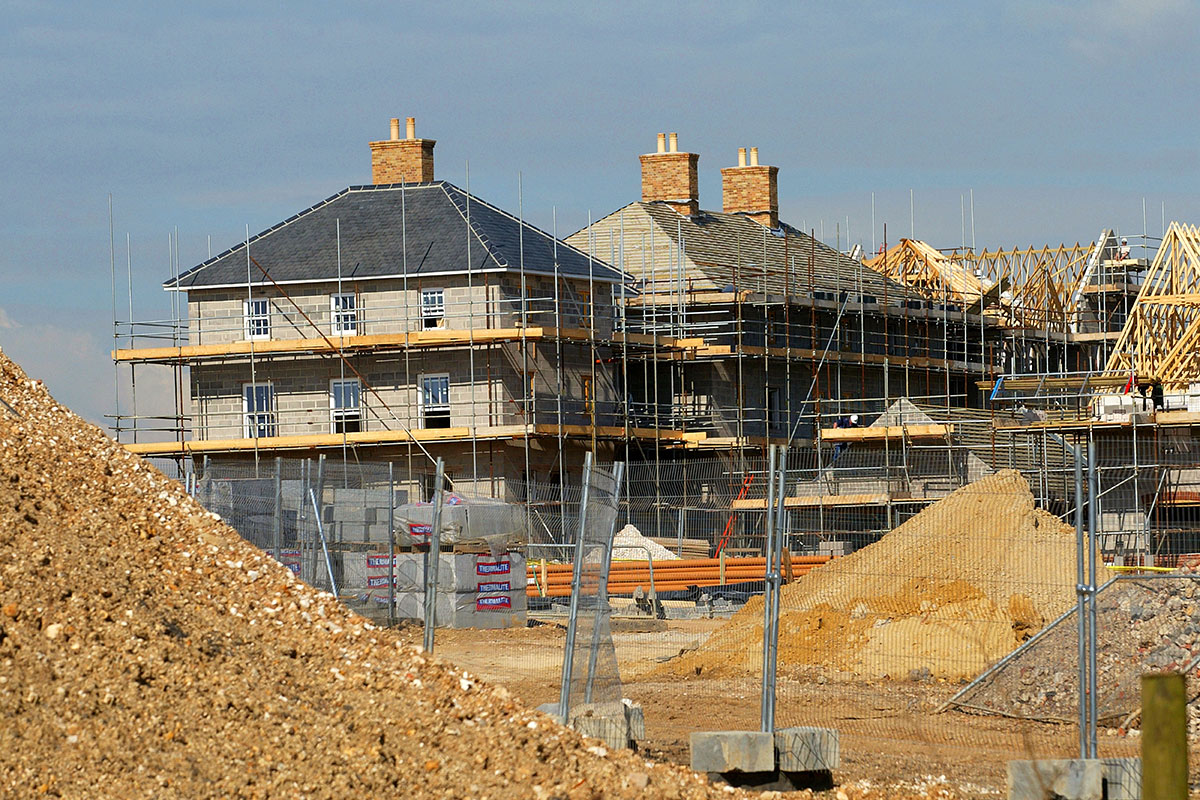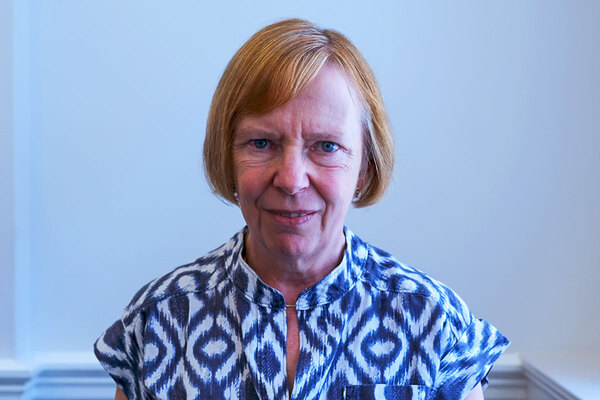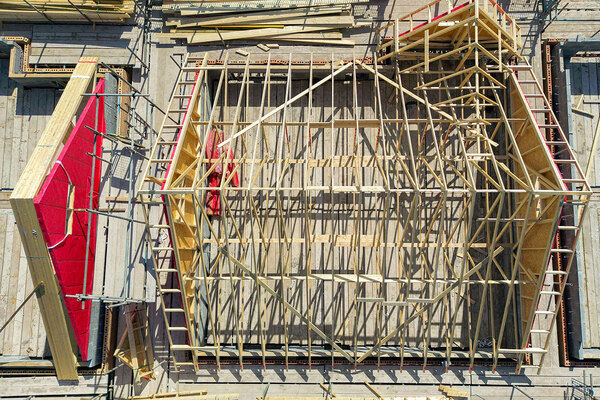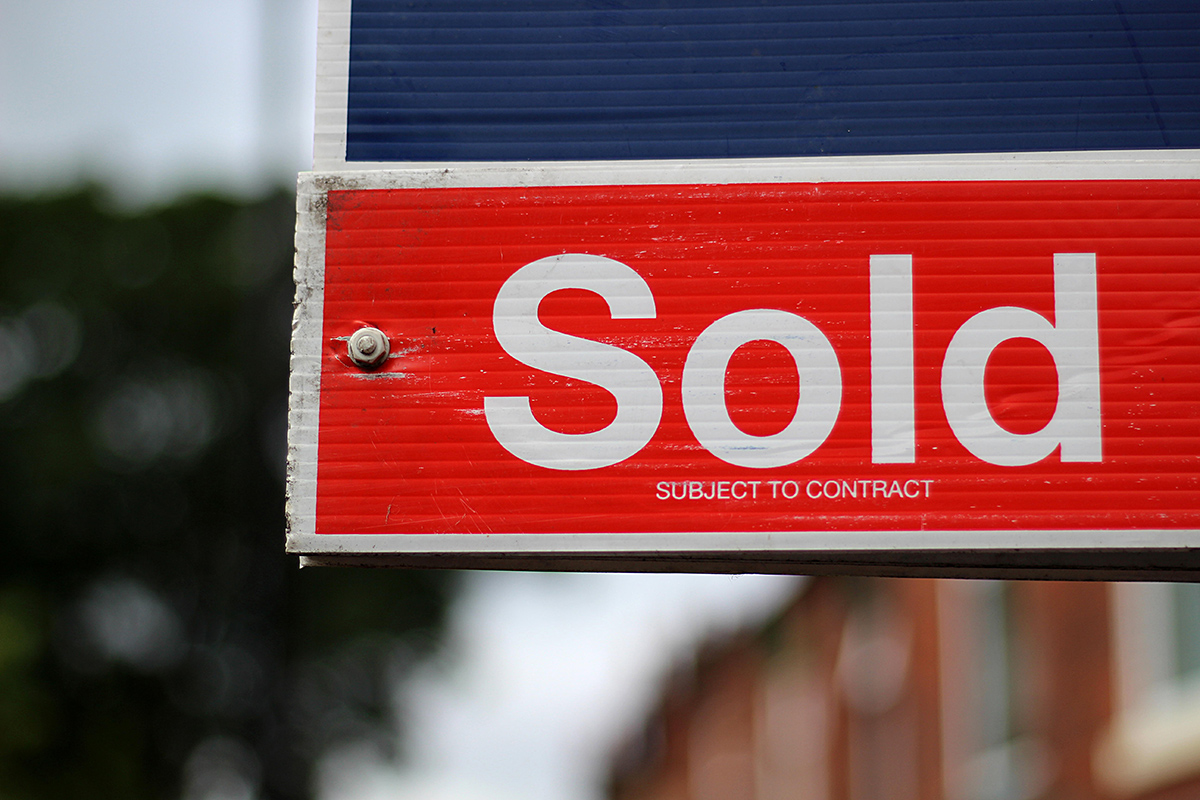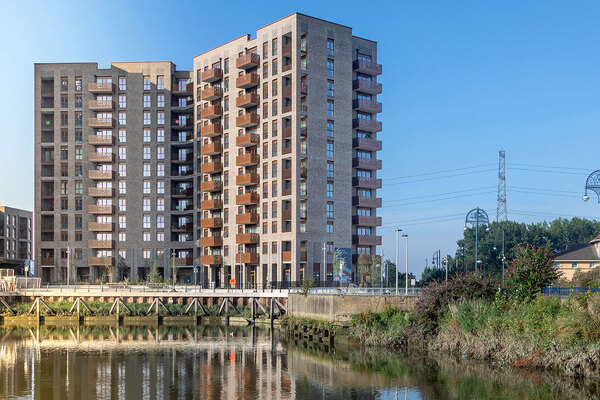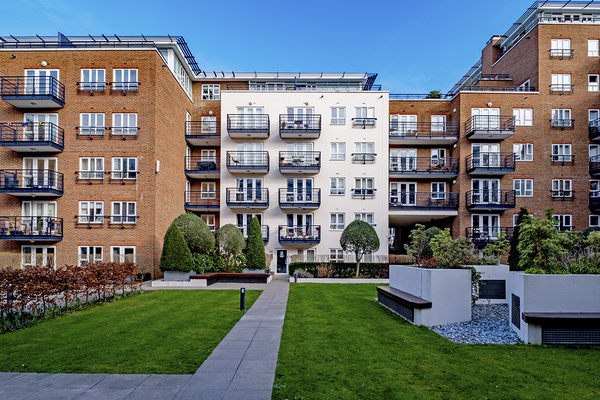You are viewing 1 of your 1 free articles
Recommendations of Barker Review hampered by politicisation of planning and ‘lack of bravery’
UK governments have ignored recommendations to address an undersupply of housing for the past 20 years and left a shortfall of two million homes in England, a new report has found.
The Home Builders Federation (HBF) has published the Beyond Barker report two decades after economist Dame Kate Barker’s landmark Barker Review of Housing Supply analysed the UK market.
The trade body estimates that housing stock equivalent to the entirety of Ireland’s would have been built by now if the review’s most ambitious housing supply policy had been followed, but the target of building 297,000 homes a year has not been achieved since 2002.
“The prospect of 300,000 new homes a year in England seems as far off today as it did in 2004,” Dame Kate said.
“Some policy changes have moved further away from support for sufficient housing supply, compounded by the squeeze on resources in planning departments.”
Originally commissioned by the Treasury under New Labour, Dame Kate’s 2004 review offered a plan to improve national housing affordability.
However, the HBF’s new report claims that the politicisation of planning and a general lack of political bravery have led to successive governments falling behind on achieving its housing supply targets.
A Department for Levelling Up, Housing and Communities (DLUHC) spokesperson said: “We are taking significant steps to address the challenges to increasing housing supply and reaching our ambition of building 300,000 homes a year.
“This work is supported by the £11.5bn Affordable Homes Programme that is delivering tens of thousands of new homes to buy and rent across the country.”
The HBF found that only 11 of the Barker Review’s 36 recommendations are in place, with 10 only partially implemented, and five implemented, then reversed.
It means that, since 2004, housing affordability has worsened in every local authority in England, as homeownership levels fell from 71% to 65%.
The Competition and Markets Authority recently found that planning had become the largest barrier to the delivery of new homes, and recent changes to the planning system have added more pressure to the housing crisis.
The move appeased nimby backbenchers in parliament, but the rolled-back measures on targets, allocations of land by local authorities and the green belt have created barriers experienced in the early 2010s which will worsen the housing market for first-time buyers.
The average age of first-time buyers has now risen from 31 to 34 years over the past 20 years.
Stewart Baseley, executive chairman of the HBF, said: “The social and economic implications of an ongoing lack of supply are deepening, with a generation unable to access decent housing, and investment in jobs and communities all suffering.
“Many of Barker’s recommendations and barriers to housing delivery highlighted in the 2004 review remain as relevant today as they did then.
“The planning regime is failing to deliver, [and] all indicators now show a further sharp decline in supply is ahead. We urge them to be brave.”
Dame Kate’s mid-range housing-supply policy targets have only been met twice – in 2018-19 and 2019-20 – when ministers had progressive planning and housing policies and introduced a first-time buyer support scheme.
A DLUHC spokesperson added: “Last year saw the highest year on record for affordable housing delivery, with a 12% increase in starts to the previous year.
“Since 2010, we have delivered over 696,100 new affordable homes, including over 172,600 homes for social rent, [and] we are on track to meet our manifesto commitment to build one million homes over this parliament.”
The latest government figures show the number of new build starts in England fell 16% in 2023 compared with the previous year.
Sign up for our daily newsletter
Already have an account? Click here to manage your newsletters
